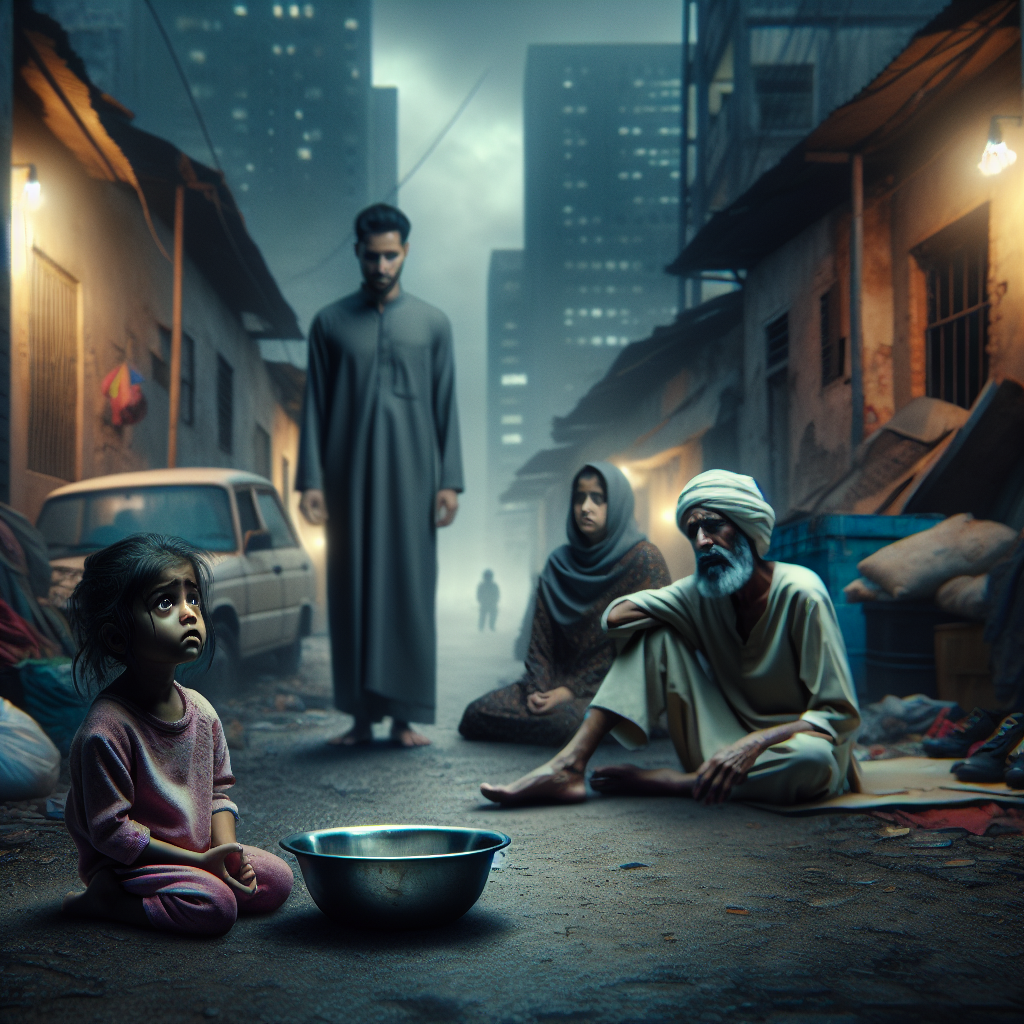India's Poverty Paradox: A Tale of Two Realities
The Indian government heralds a decline in extreme poverty to 5.3% using a USD 3 per day poverty line, stirring criticism from the Congress. They argue this metric masks inconvenient truths of economic inequality and challenges, including high inflation and unemployment, despite World Bank's revised estimation methods.

- Country:
- India
The Indian government is celebrating a significant drop in extreme poverty rates, claiming a reduction to 5.3% based on the World Bank's revised poverty line of USD 3 per day. This announcement, however, has sparked controversy and criticism from the opposition Congress party.
Congress accuses the Modi administration of ignoring inconvenient data and failing to adequately address the ongoing economic struggles that many Indians face. They point to continued high levels of poverty when measured against broader indicators such as the Global Hunger Index and Human Development Index, where India ranks unfavorably.
The debate highlights contrasting narratives about India's economic progress. While the government focuses on favorable data and extensive poverty alleviation, critics highlight the enduring challenges of inflation, unemployment, and systemic inequality that persist, detracting from any celebrated progress.
(With inputs from agencies.)
ALSO READ
Unpacking Central Bank Tradeoffs: Inflation, Output, and Price Levels Post-Pandemic
Congress Demands BJP MP Ramchandra Jangra's Dismissal Over Controversial Remarks
Karnataka Political Drama: Congress vs. BJP in Defamation Clash
Prime Minister Modi's Gujarat Visit: A Booster for Development and Infrastructure
Modi's Gujarat Showcase: A Roadshow of Triumph and Transformation










